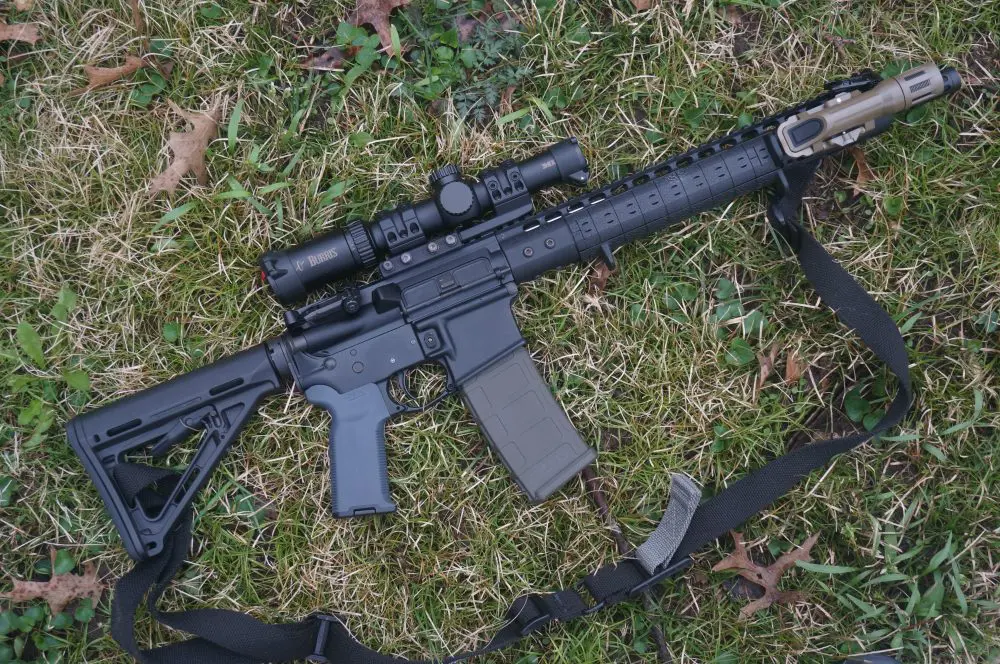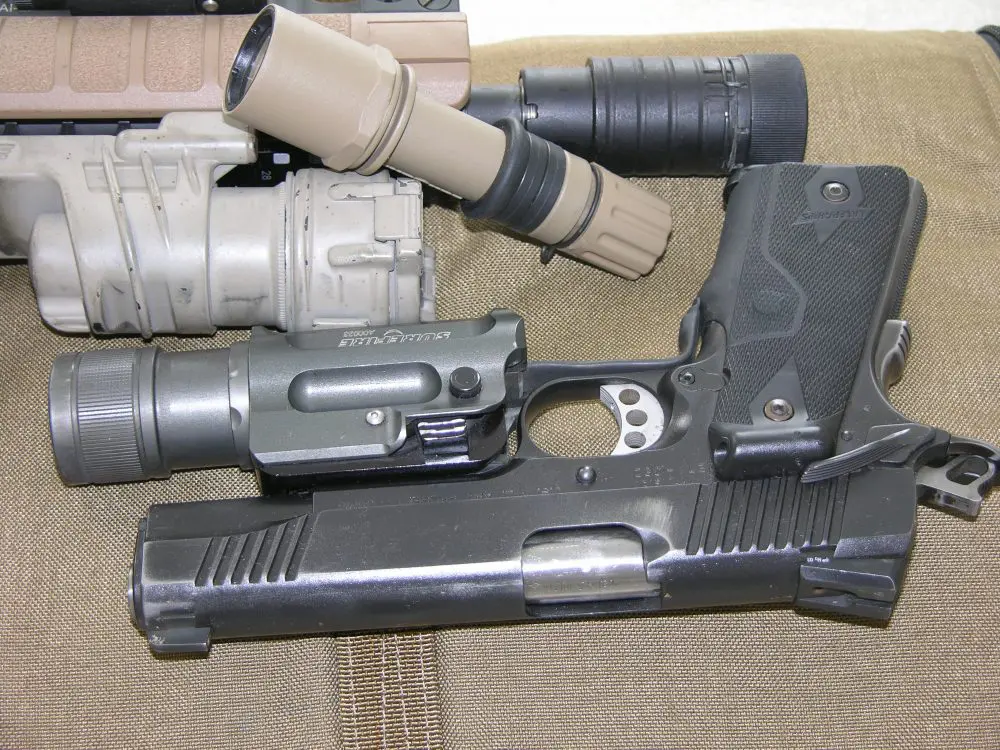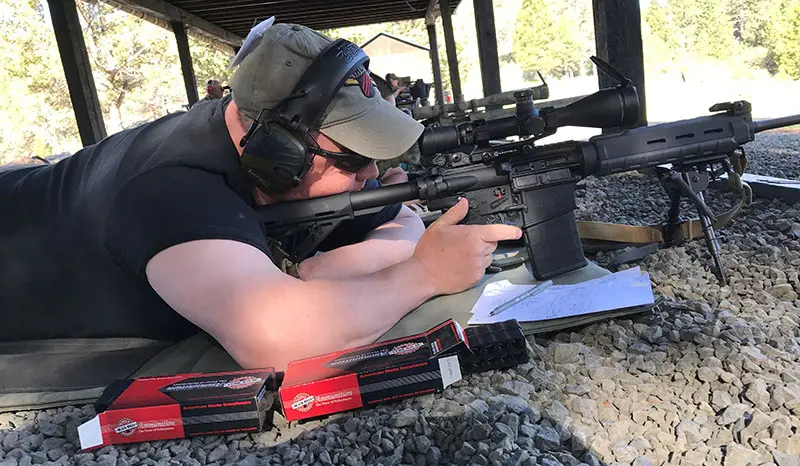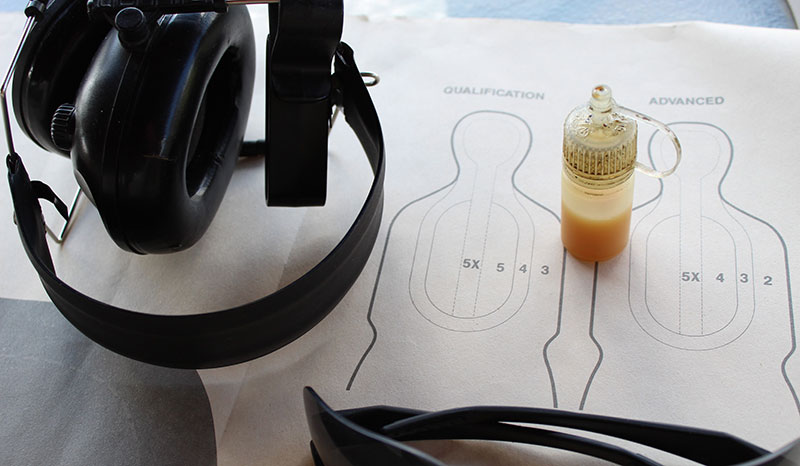
You finally get a chance to go shooting with one of your pals. Of course, as a S.W.A.T. reader, your guns are clean and lubed. But your buddy is, uh, not so diligent. In fact, the last time he lubed his pistols was during an episode of Happy Days! You get out to your favorite shooting spot, and while your guns are running 100%, his have become “jammer specials”—and no fun!
I encountered this problem when I was teaching at my agency’s academy. Agents from the East Coast—mostly New York City—apparently had not cleaned or lubricated their issued 9mms in a couple of years. With four qualification shoots per year, they were full of gunk—a technical term for the residue of the products of combustion of powder mixed with the remnants of lube.
It was a tribute to the maker that every gun could fire at least two magazines—25 rounds with one in the chamber—before they started to malfunction. I should add that all firing was with factory-fresh jacketed hollow-point ammo with the exact same rounds we carried on duty.
As the lead instructor, I carried what I grandly referred to as my repair kit—a two-ounce bottle of lube. When a gun started to stutter, I applied a few drops in the right places, and the guns would run for the rest of the day. The trick was knowing where to put the lube. After class, the students would clean and lube their guns under our supervision.

As with any class, time was at a premium, so disassembly, lubrication, and reassembly on the line were not really options if we were to complete all class objectives for the day. With 24 students in a class, and three to five guns needing attention (never two at the same time), the trick was to get the recalcitrant guns running as soon as possible. The method I developed was quick, simple, and to the point!
Here is my Field-Expedient Lube program:
1. Unload the firearm (Duh! Some folks wanted to try this with a loaded gun—a sure recipe for disaster!).
2. Lock the slide to the rear.
3. Place a small drop of lube into the rail grooves on each side of the inside rear of the slide.
4. Place a full drop of lube on the exterior of the muzzle end of the barrel.
5. Close the slide.
6. Place a small drop of lube on the barrel hood.
7. Run the slide back and forth several times.
8. Wipe off the exterior of the pistol with a paper towel or rag.
9. Resume firing.
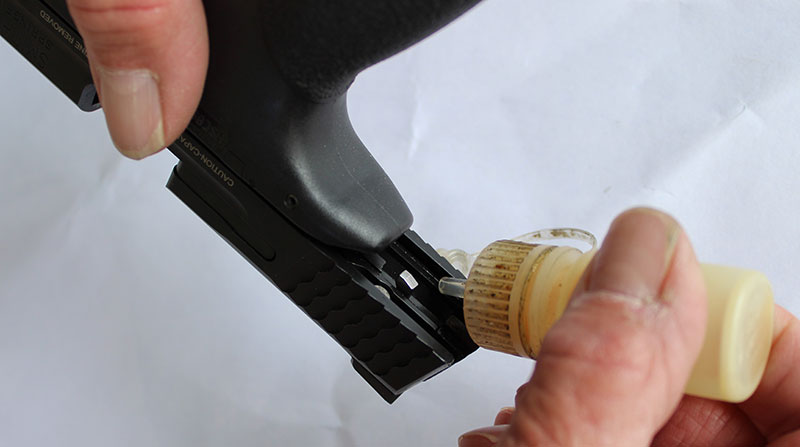
Total time could be less than one minute, and the guns would fire another 200+ rounds without issues.
In my retirement, I am the Chief Range Safety Officer for our local range and I still carry my “repair kit.” With my amplifying ear muffs, I can frequently hear the grating of metal on metal when a shooter brings their gun out. The others I watch for are brand-new guns. Most new guns are lubricated at the factory—for manufacture and assembly, not to be shot! In fact, if you read the directions with some brands, they say “disassemble and lubricate your new purchase before shooting it.” Amazing what you find out if you actually read the directions….
On an AR-type rifle, removing the bolt carrier group gets the lube into the right places—cam pin, sides of the locking lugs, and bottom front of the BCG. It works in similar style on AKs, SIGs, and most any semi-auto rifle or pistol.
Which lube? We all have our favorites, but I lean toward thicker lubes, as it is hot here in Arizona about two-thirds of the year. Thus I avoid sewing-machine oil and similar really thin lubes. I like to see the sheen of lube that lets me know it’s there. In the winter (I live at 6,500 feet, where we do get freezing temperatures), I switch to a thinner lube.
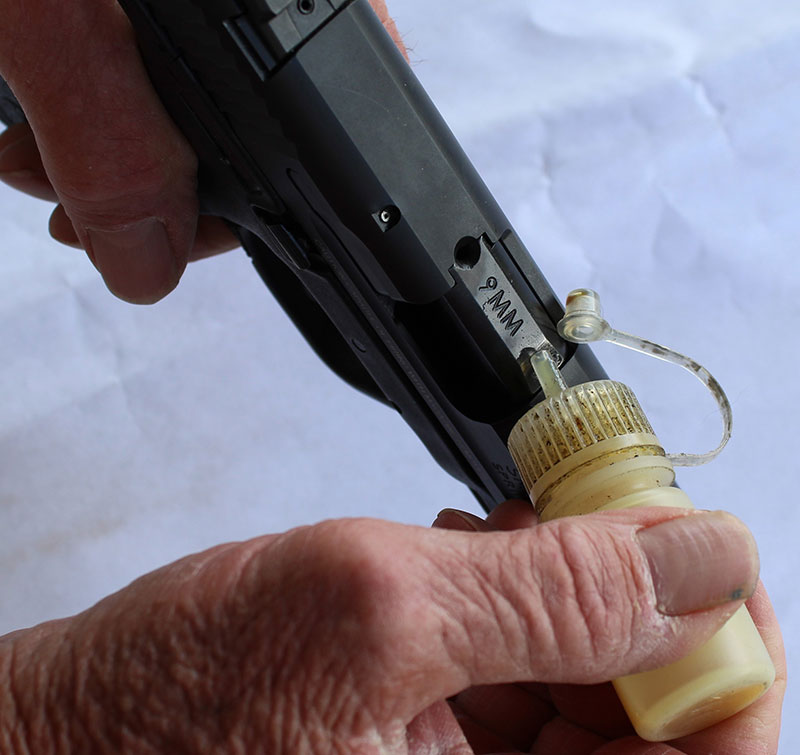
I forgot one year, and I could watch the slide of my 1911 slowly move to the rear, then slowly feed the next round, and not always lock! It looked like a slow-motion video of how a 1911 functions. Of course it was during a match and in 20-degree weather! Hard lesson learned, but at least it was on the one-way range and not with my carry gun.
About 40 years ago, I was given half a gallon of a good-quality lube, and I am just about out of it. When it’s gone, I’ll try some newer lubricant; there are plenty to choose from. If you get stuck, particularly at a remote shooting site, without any lube, you still have some with you in your car. Just pull out the oil dipstick and use that. It may look ugly and black, but it will keep your buddy’s gun running until he can clean and lube it at home.
When the gun is disassembled, the simplest way is to “slime the shine.” If metal parts shine from wear (some are made shiny), put lube on them with the gun apart. But with some of the modern finishes, it can be hard to see any shine.
Guns are like cars—they work better with some oil in them!
Seth Nadel retired after serving 27 years as a Senior Special Agent with U.S. Customs. He was a firearms instructor for 25 years, including nine years as the lead firearms instructor at the Tucson Customs Academy.

